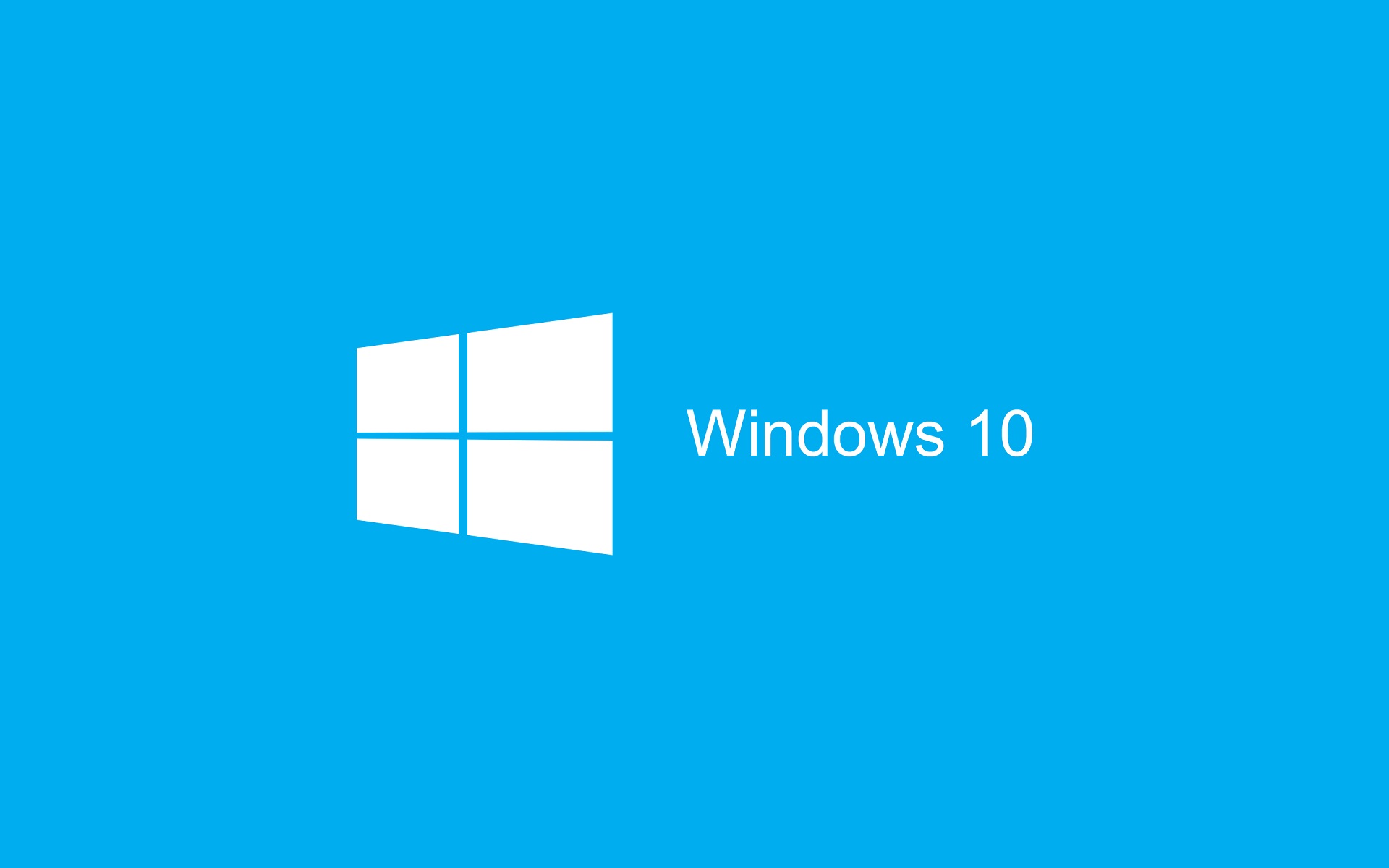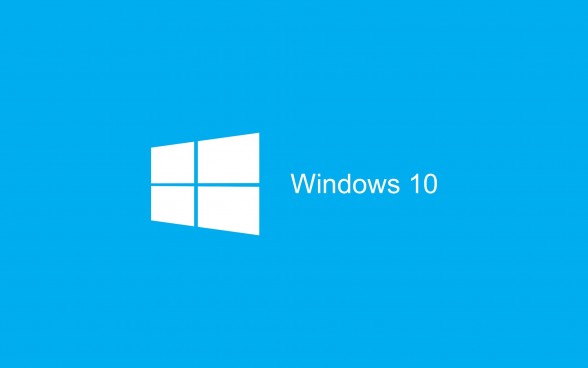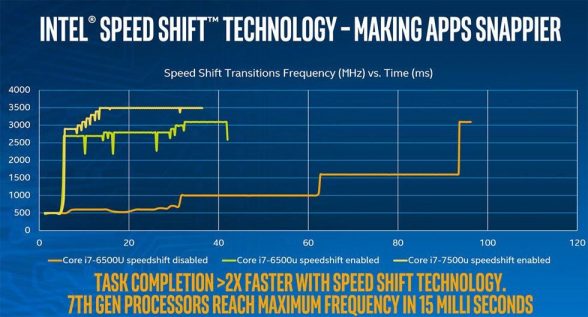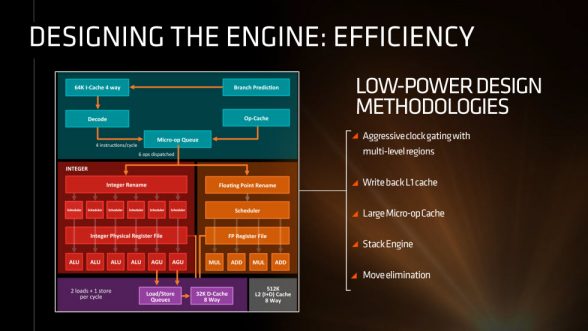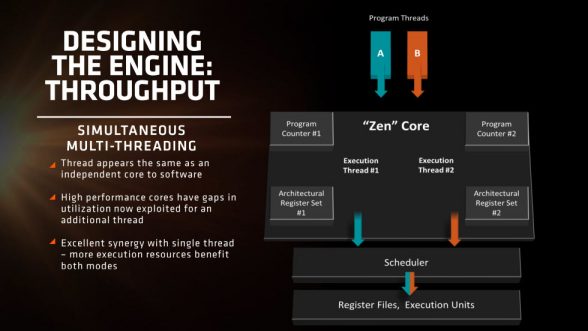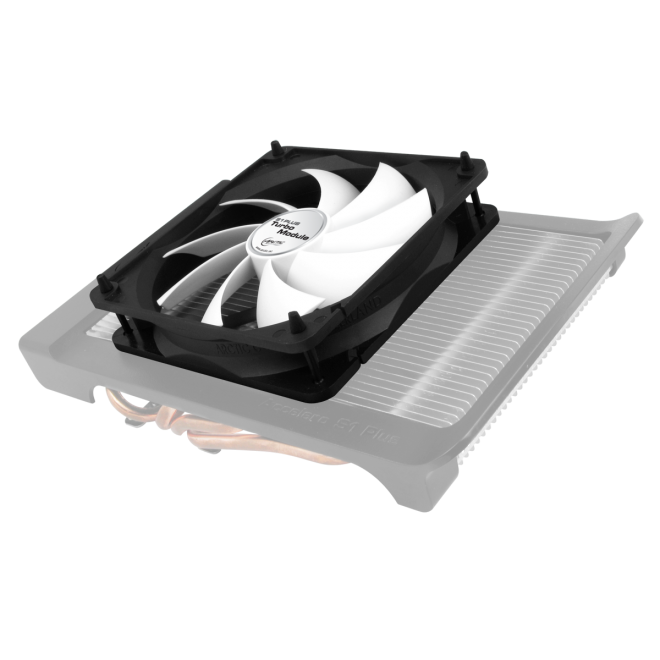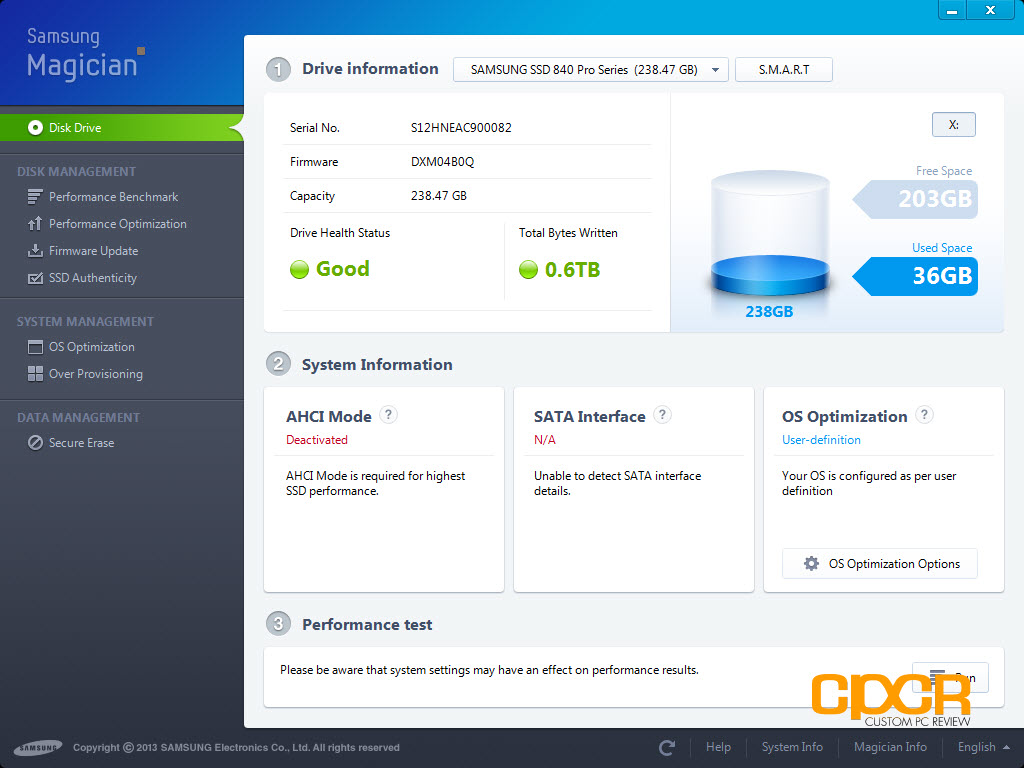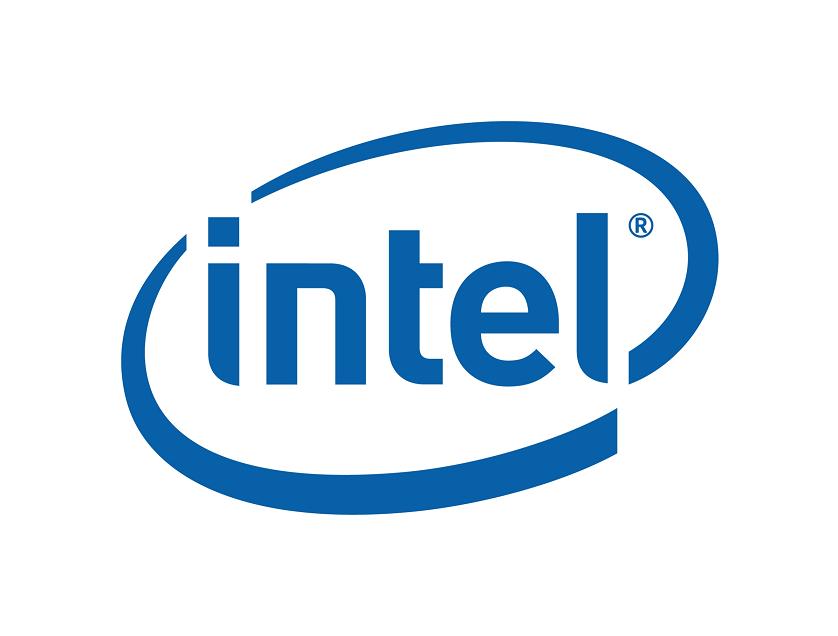The tech community has recently gone up in arms against Microsoft after their reaffirmation that they will not be supporting CPUs newer than Intel Haswell on Windows 7 and Windows 8.1. While many has seen this as a power play by Microsoft to force users to upgrade to Windows 10, HotHardware recently presented a possible alternate explanation with much less malicious intent.
According to HotHardware, the decision not to support newer CPUs on older operating systems boils down to additional features that were added to the new CPUs. This largely includes the newest power saving features from both Intel and AMD as well as SMT (Simultaneous Multi-Threading) from AMD.
With Intel’s new 7th Generation Core Processors, aka Kaby Lake, Intel is introducing Speed Shift Technology, which allows the CPU to adjust clock speeds to match CPU load in as little as 15ms. This greatly improves response times in applications however, it’s not something that can be done at a hardware level alone. Technology like this requires OS-level hooks which allows the OS to provide the CPU load information at greatly reduced response times.
Another technology to consider is Intel Turbo Boost 3.0 which was actually first introduced with Broadwell-E. With the exception of a Windows 10 OS with the Redstone 1 update, proper functionality of Turbo Boost 3.0 requires drivers to be installed. Down the line, it may be possible that Microsoft will only bake the latest drivers into the latest operating systems which may explain why they announced that they’ll discontinue support for newer CPUs in older OSes.
Of course, Intel isn’t the only one introducing new power saving features. AMD has also announced that their upcoming ZEN architecture CPUs will be among the most efficient they’ve ever produced. Some of the new features include aggressive clock gating which like Intel Speed Shift, may require OS level hooks or at the very least an updated kernel and system scheduler. Several years ago, Microsoft had to update the kernel and system scheduler for Windows 7 in a similar way to optimize it for AMD’s Bulldozer CPUs.
Additionally, AMD ZEN will also support SMT, which will also require fine tuning within the OS to be properly utilized.
While Microsoft still hasn’t released an official statement as to why they’re planning on cutting off support for the latest CPUs in their older operating systems, this does sound like a logical explanation. It’s simply not worth the time and resources to update older operating systems when there’s so much work to be done with their new operating system. What do you think? Be sure to sound off in the comments below!
Source: HotHardware

